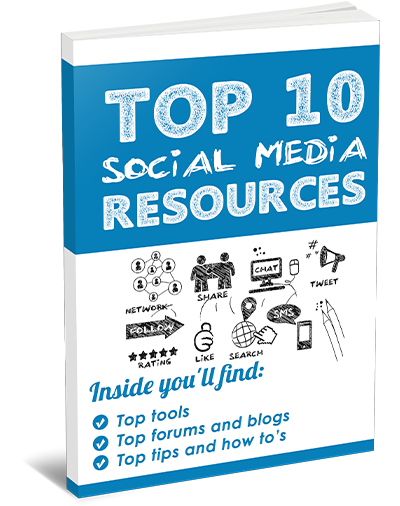10 social media resources
 No Awake
No Awake
Intro
Social media resources are essential tools that help individuals and businesses effectively manage, analyze, and optimize their online presence. These resources include a wide range of platforms, tools, and services designed to enhance social media engagement, streamline content creation, and track performance metrics. From scheduling tools like Buffer and Hootsuite to analytics platforms like Google Analytics and Sprout Social, these resources empower users to strategize, reach wider audiences, and improve their content's impact. By leveraging these tools, businesses can build stronger connections with their audiences and drive growth through social media.
The volume of social media resources has grown significantly in recent years, encompassing various types of tools and platforms across different categories. Some examples of the broad categories include:
https://shorturl.at/5uTzW
1. **Social Media Platforms**: There are over 20 major social media platforms worldwide, with top players like Facebook, Instagram, Twitter (X), LinkedIn, TikTok, and YouTube, each serving billions of users. Additionally, niche platforms like Reddit, Snapchat, and Pinterest cater to specific communities and demographics.
2. **Content Creation Tools**: There are hundreds of tools for content creation, ranging from graphic design (e.g., Canva, Adobe Spark) to video editing (e.g., iMovie, DaVinci Resolve). These tools enable the creation of professional, engaging content for social media.
3. **Analytics and Monitoring Tools**: Numerous analytics tools, such as Google Analytics, Sprout Social, and Hootsuite, offer in-depth performance tracking. Additionally, there are monitoring tools that track social media mentions and brand reputation, such as Brandwatch and Mention.
4. **Scheduling and Management Tools**: Platforms like Buffer, Later, and CoSchedule allow users to schedule posts and manage multiple social media accounts efficiently. There are dozens of such tools catering to different needs and platforms.
5. **Ad Management and Automation Tools**: Resources like Facebook Ads Manager, Google Ads, and HubSpot assist with social media advertising and marketing automation. These platforms offer campaign management for paid media and influencer collaborations.
In total, there are hundreds, if not thousands, of tools available, serving a variety of functions to enhance and optimize social media strategies across different industries.
Tracking social media analytics involves using various tools and methods to measure the performance of your content and engagement across platforms. Here’s a step-by-step guide on how to track these analytics effectively:
### 1. **Use Native Analytics Tools**
Most social media platforms provide built-in analytics dashboards that give valuable insights into your performance:
- **Facebook Insights**: Tracks engagement, reach, page views, and audience demographics.
- **Instagram Insights**: Offers data on impressions, reach, follower growth, and interaction.
- **Twitter Analytics**: Provides detailed metrics on tweet engagement, impressions, and audience demographics.
- **LinkedIn Analytics**: Helps track engagement rates, follower demographics, and page performance.
- **YouTube Analytics**: Offers insights into video views, watch time, audience retention, and traffic sources.
### 2. **Third-Party Analytics Tools**
For more comprehensive tracking, you can use third-party analytics platforms:
- **Google Analytics**: Connects with your website to track traffic from social media and measure conversions.
- **Hootsuite**: Consolidates analytics from multiple platforms into a single dashboard for detailed reporting.
- **Sprout Social**: Offers robust reporting on engagement, reach, and follower growth across multiple channels.
- **Buffer**: Provides performance reports for scheduled posts across different platforms.
### 3. **Define Key Performance Indicators (KPIs)**
- **Engagement**: Likes, shares, comments, and interactions with your posts.
- **Reach/Impressions**: The number of people who see your content.
- **Follower Growth**: Tracking how your audience expands over time.
- **Click-Through Rate (CTR)**: The percentage of people who clicked on links in your posts.
- **Conversion Rate**: The number of social media users who take a desired action, like signing up for a newsletter or making a purchase.
### 4. **Track Regularly**
- **Daily/Weekly Tracking**: For real-time engagement and short-term performance.
- **Monthly/Quarterly Reporting**: Helps identify trends and evaluate long-term strategies.
### 5. **Set Benchmarks & Goals**
Use your analytics data to set performance benchmarks and goals for growth, engagement, or conversions, allowing you to refine your social media strategy over time.
By utilizing both native and third-party tools, setting measurable goals, and consistently tracking KPIs, you can get a clear picture of your social media performance and make data-driven decisions to improve.
Subscribe to my newsletter
Read articles from No Awake directly inside your inbox. Subscribe to the newsletter, and don't miss out.
Written by
